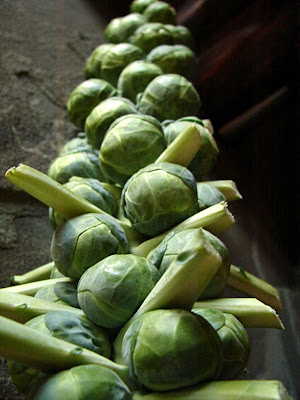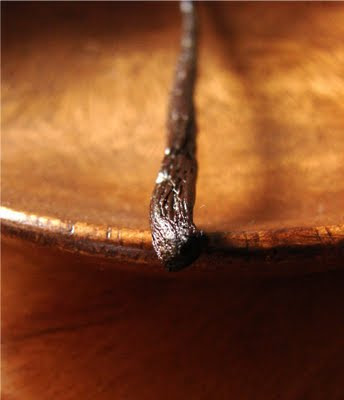What a month this has been. This post is the conclusion to the challenge from NaBloWriMo, of posting everyday for an entire month, what an accomplishment. As you can tell by my previous posting archive, my average has been about one post per week. Posting every day is a raise of the bar to say the least. My intent at the beginning of the month was to step up to the plate and try to improve my writing, content and photography. I’m not sure if I accomplished that, I have a very long way to go. But it has helped me organize my time better, but sadly not my desk. It is still piled high with files, magazines, cookbooks, etc.
I thought it also might be apropos to take this opportunity to say good-bye to a treasured presence in the food world, Gourmet magazine. After nearly 70 years of fine eating and literary prose, Gourmet magazine is ceasing publication. Conde Nast, the parent company, blamed the tough economic climate as the reason for closing the publication.
For those of us in the food world, the closure is a bit like waking up to find the end of an era. This magazine was unique in its rich content; not only was Gourmet a cooking magazine, it also explored the culture and increasingly the politics of food. The editor-in-chief of Gourmet Ruth Reichl is starting another chapter in her life and I wish her well.
So in tribute to Gourmet, I decided to make a little something from the last issue, spiced nuts. A handful of these sweet-savory golden pecans and walnuts is just the nibble you need while you prepare for all of those holiday activities…or perhaps as you pull out and thumb through your past issues of Gourmet and get inspired once more.
Enjoy!
Shannon
Sweet and Savory Spiced Nuts
From Gourmet magazine November 2009
1 tsp. paprika
1 tsp. ground cinnamon
½ tsp. ground cumin
Pinch of ground cloves
1 large egg white
2 cups walnut halves (8oz.)
2 cups pecan halves (8oz.)Preheat oven to 350°F with rack in middle. Lightly oil a 4-sided sheet pan.
Whisk together sugar, spices, and ¾ tsp. salt in a small bowl.
Whisk egg white in medium bowl until frothy, and then stir in nuts. Add spice mixture and toss to coat.
Spread nut mixture in 1 layer in sheet pan. Bake, stirring once or twice, until dry and well toasted, about 20 minutes. Loosen nuts from pan, and then cool completely.
Nuts keep in an airtight container at room temperature 1 week.
Makes 4 cups





































